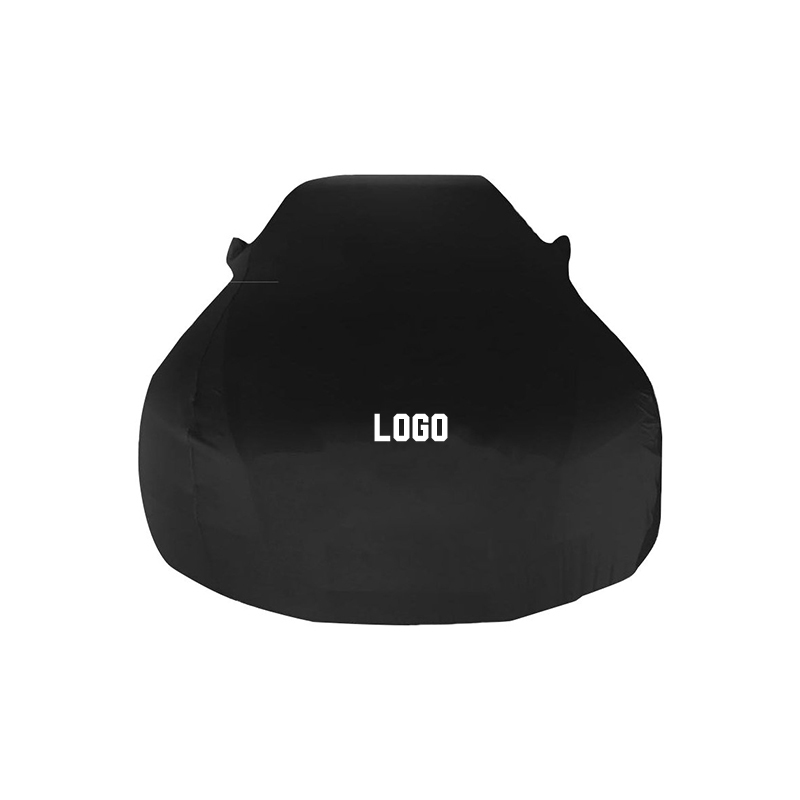Understanding the Causes of Paint Chips
Before diving into the fix, it's important to understand how chips appear on car paint. The most common causes include flying rocks, debris from other vehicles, car washes, or minor accidents. These small impacts can cause the top layer of paint to chip off, exposing the metal underneath, which may lead to rust if left untreated.
Tools You’ll Need to Fix Paint Chips
To repair paint chips, having the right tools is crucial. Here's a list of what you'll need:
- Touch-up paint (exact color match)
- Clear coat
- Primer (if needed)
- Fine-tip brush or applicator
- Sandpaper (1000-2000 grit)
- Microfiber cloth
- Polishing compound
Step-by-Step Guide to Fixing Car Paint Chips
1. Clean the Area Thoroughly
Before beginning any repairs, ensure that the area around the chip is clean and free from dirt, oils, or wax. Wash the car with soap and water, then dry the area with a microfiber cloth.
2. Sand the Area Smooth (if Necessary)
If the chip has left rough edges or the paint around it is chipped or peeling, lightly sand the area with fine-grit sandpaper (1000-2000 grit). Be sure to sand gently, as you want to smooth out the area, not damage the surrounding paint.
3. Apply Primer (if the Metal is Exposed)
If the chip has gone down to the metal, it’s essential to apply a coat of primer to prevent rust. Use a small brush to apply a thin layer of primer, and let it dry completely. Be careful not to apply too much primer, as it can create a bump.
4. Apply the Touch-Up Paint
Once the primer has dried (if used), use a fine-tip brush or applicator to carefully apply the touch-up paint. Apply in thin layers to avoid clumps or runs. It’s better to apply multiple thin coats than one thick coat. Allow each layer to dry before applying the next one.
5. Let the Paint Cure
After applying the paint, let it cure for at least 24 hours. The curing process is crucial to ensure the paint bonds properly with the surface and doesn’t get damaged easily.
6. Apply a Clear Coat
Once the paint has fully cured, apply a clear coat to protect the repair. The clear coat will blend the repaired area with the surrounding paint, providing a glossy finish. Again, use a fine-tip brush to apply the clear coat in thin, even layers. Let the clear coat dry completely before moving on to the next step.
7. Polish and Buff the Area
Once the clear coat has dried, polish the area with a polishing compound to blend the new paint with the old. Use a soft cloth and work the compound gently over the area. This will remove any roughness or imperfections and help restore the shine of the paint.
Tips for a Successful Car Paint Chip Repair
To ensure the best possible result, keep these tips in mind:
- Always match the paint color exactly. Most manufacturers provide touch-up paint codes to help you find the right match.
- Be patient. Allow each coat of paint and clear coat to dry completely before proceeding to the next step.
- If you’re unsure about your ability to perform the repair, consider consulting a professional to avoid making the damage worse.
- Use a soft microfiber cloth for buffing and polishing to prevent scratching the paint further.
Conclusion
Fixing chips on your car's paint is a relatively simple process that can be done at home with the right tools and a little patience. By following the steps outlined in this guide, you can restore the appearance of your car and protect it from further damage. Just remember to take your time, use quality materials, and care for the area properly after the repair.

 English
English Español
Español عربى
عربى русский
русский +86-13071889821/13757104168
+86-13071889821/13757104168












